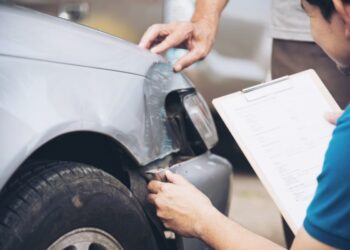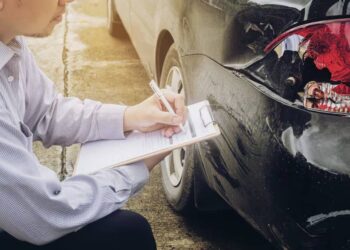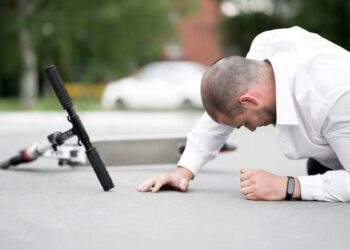Fireworks add a dazzling spectacle to Las Vegas celebrations, from the glittering displays on the Strip to neighborhood events. However, these explosive celebrations can quickly turn dangerous, leading to severe injuries. Fireworks-related injuries are more common than one might think, often resulting in burns, eye damage, or even more severe physical harm. In a city like Las Vegas, where fireworks are a frequent part of the entertainment landscape, the risk of injury is heightened, especially during major holidays like the Fourth of July or New Year’s Eve. You can look at renowned lawyers’ or law firms’ websites to learn more about the legal intricacies of fireworks-related accidents and injuries.
The bustling atmosphere and the sheer volume of fireworks displays in the city of Las Vegas can sometimes overshadow the importance of safety precautions, leading to accidents that have lasting consequences. When an injury occurs, it’s not just the physical pain that victims endure; the emotional and financial toll can be overwhelming. Understanding the legal steps to take after a fireworks-related injury in Las Vegas is crucial to securing the compensation needed for recovery. In a place where the line between fun and danger can blur, knowing your rights and how to protect them becomes essential for anyone caught in the aftermath of a fireworks mishap.
1. Seek Medical Attention
The first and most important step after any injury is to seek immediate medical attention. Even if your injuries appear minor, it is essential to have a thorough medical examination to diagnose any underlying issues that may not be apparent at first. Your health and well-being should always be your top priority.
2. Document Everything
To strengthen your potential legal case, it’s vital to document every aspect of your injuries and the accident itself. Collecting evidence includes taking photographs of your injuries from different angles, photographing the location where the incident took place, and documenting any visible safety hazards that may have contributed to the accident. In addition to visual evidence, make sure to retain all medical records related to your injury. This includes hospital discharge papers, treatment summaries, specialist reports (if applicable), prescription receipts for medication or medical aids required during recovery, and any bills related to ongoing treatments or therapy.
3. Preserve Evidence
Preserving evidence goes beyond just taking photographs and collecting medical records — it also involves safeguarding any physical evidence relating to the accident. If possible, hold onto all damaged items caused by fireworks or preserve any fireworks remnants recovered from the scene of the accident. Keep in mind that witness statements are crucial as well. Obtain contact information from anyone who witnessed the incident or saw its aftermath, as their accounts may be valuable in supporting your claim later on.
4. Consult with a Personal Injury Attorney
After seeking medical attention and gathering appropriate documentation and evidence pertaining to your injuries and accident details, consult with a personal injury attorney specializing in fireworks-related cases. They can offer expert guidance on how to proceed legally and will evaluate your case’s merits to determine the best course of action. During the initial consultation, provide your attorney with all relevant documents and photographs relating to your injuries, medical treatment, accident scene, and any witness statements you have collected. This information will assist them in assessing the strength of your case.
5. Determine Liability
Identifying the responsible party is essential in pursuing a fireworks-related injury claim. Liability may lie with the individual who handled the fireworks improperly, a company that sold or distributed faulty equipment, or even event organizers who failed to enforce safety regulations. Your attorney will conduct a thorough investigation by reviewing evidence, interviewing witnesses if necessary, consulting experts in firework safety, and analyzing any relevant local regulations concerning fireworks usage. This investigation aims to determine who should be held liable for your injuries.
6. Negotiate or Litigate
Upon establishing liability and gathering adequate supporting evidence for your claim, your attorney will attempt to negotiate a settlement with the responsible party’s insurance company or legal representatives. Negotiations may involve assessing medical expenses for past treatments as well as estimating future costs related to ongoing care or rehabilitation needs. If negotiations aren’t successful in achieving a fair settlement offer that adequately compensates you for your injuries and losses suffered due to the accident, litigation may become necessary. Your attorney will prepare documents detailing your case and advocate on your behalf in court.
Conclusion
Suffering a fireworks-related injury can have devastating consequences, physically, emotionally, and financially. By taking these crucial legal steps after such an incident, you stand a better chance of obtaining fair compensation for medical expenses, lost wages during recovery periods, and the pain and suffering endured as a result of the accident.










